Perks, Pitfalls of M-U Properties
By Stuart Eisenberg, Partner & RE Practice Leader, BDO USA, L.L.P. : As people increasingly choose to live, work and play in centralized locations, developers and investors are taking advantage of this trend by building more mixed-use properties.
By Stuart Eisenberg, Partner & RE Practice Leader, BDO USA, L.L.P.
As people increasingly choose to live, work and play in centralized locations, developers and investors are taking advantage of this trend by building more mixed-use properties. These properties can be extremely profitable as their various sectors—retail, office, residential—build in a set customer base for each other and can have a positive impact on the town. To that end, some governments have taken note and, thus, have decided to provide monetary incentives for developers to build mixed-use properties. However, these projects can be challenging and without the right market analysis, planning and team in place can be subject to a number of pitfalls.
Growth in Secondary, Tertiary Markets
Identifying locations with the right tenants available, meaning people interested in living in mixed-use properties that can also support the commercial component, is often vital to a mixed-use development’s profitability. Cities, with their limited space and naturally close quarters, have been long-time targets for these types of properties. Many developers are now looking to build in secondary and tertiary markets, catering to a suburban population with the desire to have the convenience of urban centers. This is creating an opportunity for the development of mixed-use properties across the country. Florida, in particular, is a hot spot for this type of real estate activity, with centers like Boca Raton’s Mizner Park popping up with increasing frequency.
Benefits for All
While people may find the convenience of mixed-use properties appealing, local communities and developers are benefiting as well. Strategically choosing complementary tenants can help drive traffic and, as a result, boost local economies. As a result, the community has a vested interest in the success of these projects. Many local governments, particularly in depressed areas, provide debt financing or favorable tax incentives to support these real estate initiatives. These governmental perks can often be substantial.
Asking the Right Questions
While mixed-use properties can be profitable, they can also be exposed to the volatility of each real estate market they touch. If one sector fails, then others can be adversely affected. Thus, it is crucial for developers and investors to take a number of considerations into account before diving into any project. A thorough risk analysis of the local markets and demographics must be done to ensure that the property and tenants will be competitive. Plans for a profitable blend of tenants, along with the appropriate corresponding infrastructure, should be in place. Since different sectors of tenants have various needs during both the development and operation stages, assembling an experienced management team that can work together is fundamental. It is also important to keep in mind that securing financing for mixed-use properties can be complex, since, for borrowing purposes, the buildings are typically considered commercial developments and, therefore, may be subject to lower loan-to-value ratios and to higher loan rates than single sector developments.
Mixed-use properties are attractive to people looking for the convenience of a central location and to local communities who can benefit from the increased traffic they generate. While developers and investors may be smart to capitalize on this growing trend, in order to be successful, they must be sure to go through an extensive research and planning process to test the market’s appetite, overall risk exposure and, ultimately, determine the feasibility of such a project in that particular location.


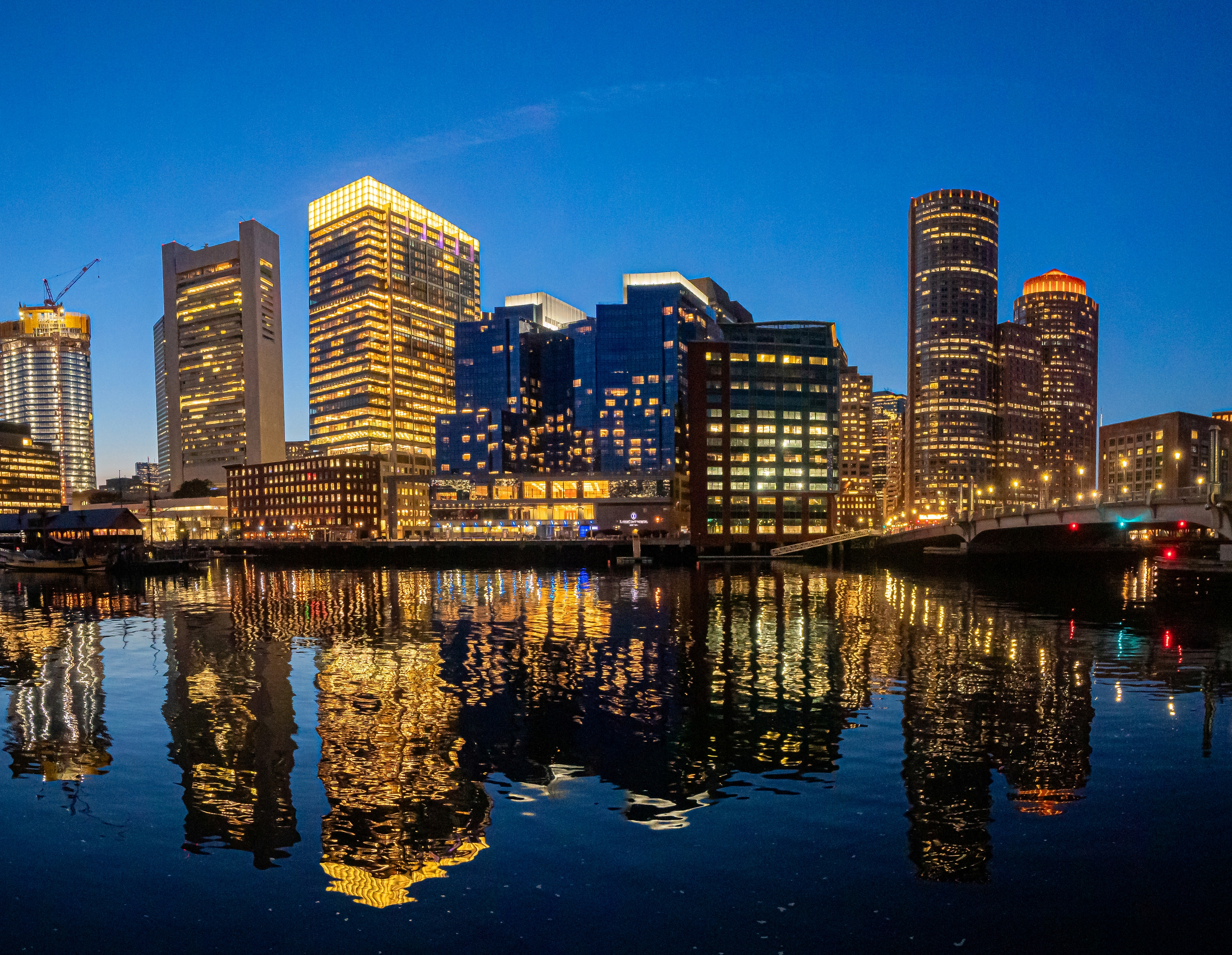
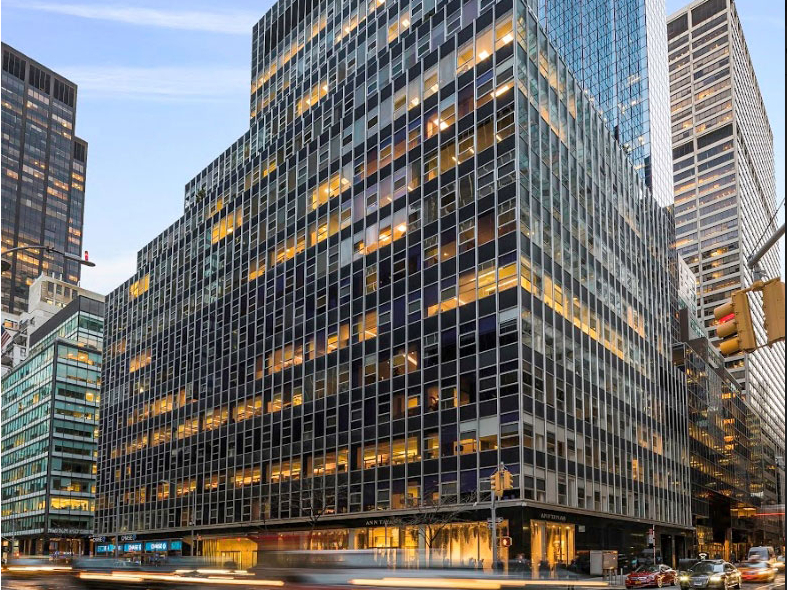
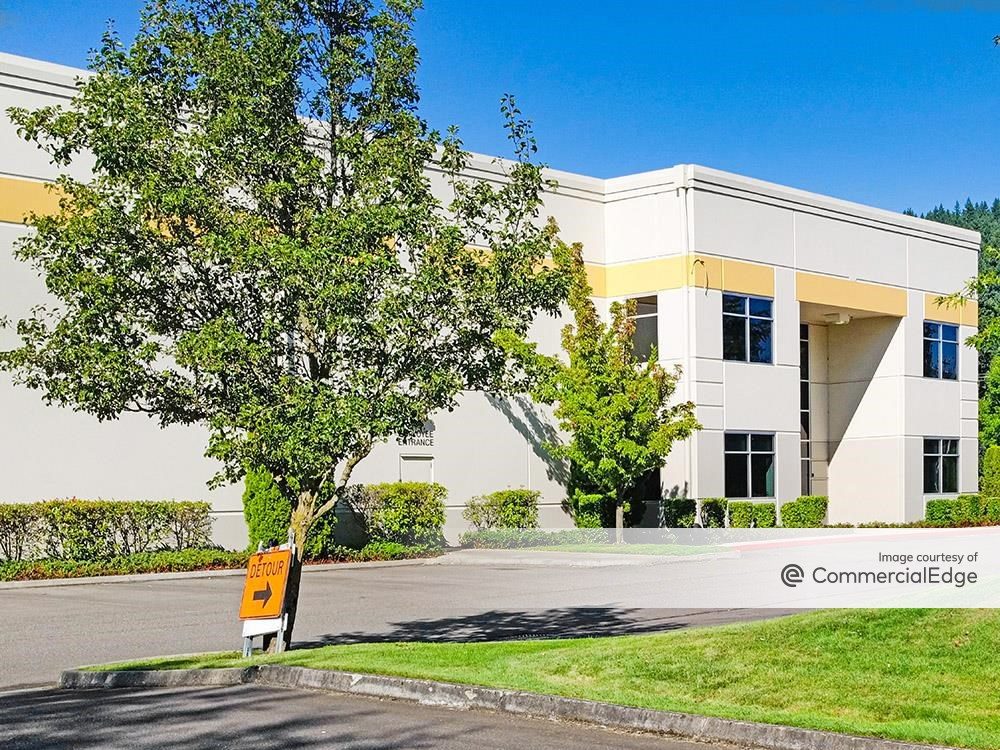
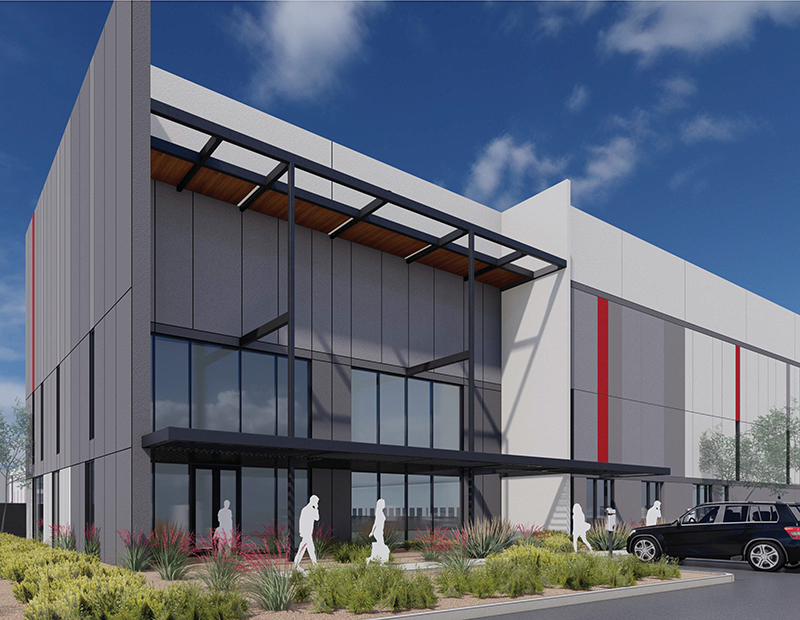
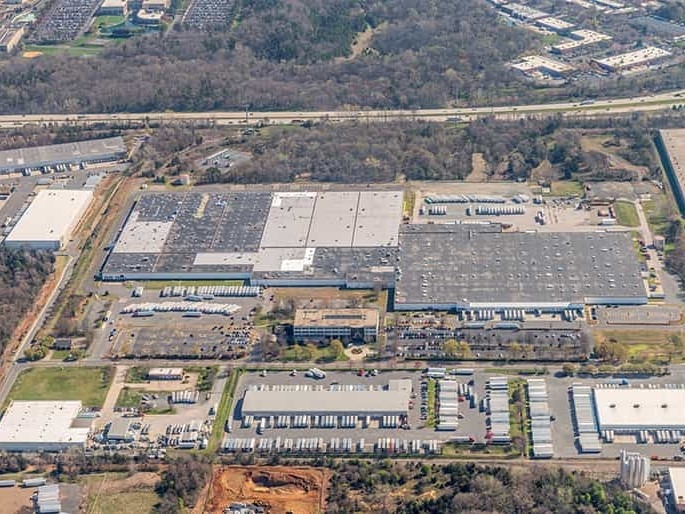
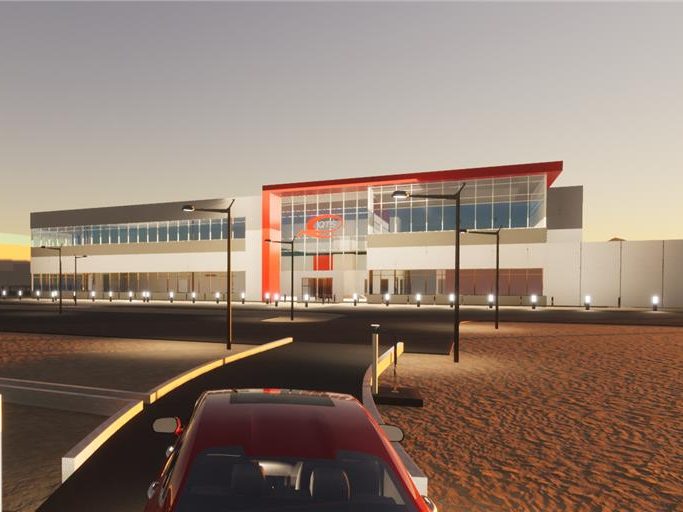
You must be logged in to post a comment.